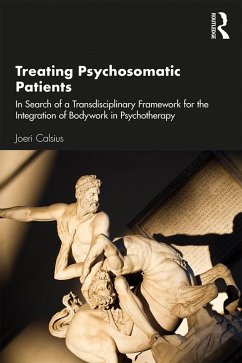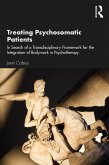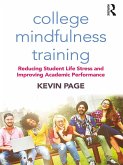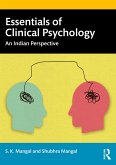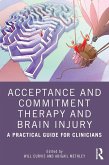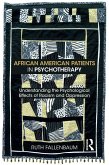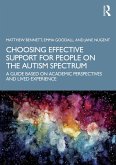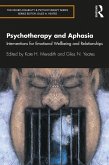Dieser Download kann aus rechtlichen Gründen nur mit Rechnungsadresse in A, B, BG, CY, CZ, D, DK, EW, E, FIN, F, GR, HR, H, IRL, I, LT, L, LR, M, NL, PL, P, R, S, SLO, SK ausgeliefert werden.
'Anyone in clinical practice will enjoy this book, regardless of their own theoretical or therapeutic background. It makes you think, and that's what a good book should do. Hopefully it also encourages a better, embodied, understanding of our patients. Because that is still the basis of any successful form of care.' Prof. Dr. Patrick Luyten, clinical psychologist and psychotherapist, Catholic University of Leuven, Belgium; Research Department of Clinical, Educational, and Health Psychology, University College London, UK
'In this special work, the author grants a clear and inspiring insight into the psychosomatic body, the physical ailments that arise from unconscious processes and conflicts, and what experiential bodywork is and is not capable of. He combines philosophical, psychoanalytic, physiotherapeutic and neuroscientific insights in an overarching transdisciplinary framework. For this, he draws on the work of the American philosopher Ken Wilber, among others. The book provides numerous new insights and connections. Recommended for every psychotherapist who has to deal with the effects of traumas or medically unexplained symptoms, but also for physiotherapists and body-focused therapists. A book that has everything it takes to become a classic.' Dr. Nelleke Nicolai, author, psychiatrist and psychoanalyst, private practice, Amsterdam, the Netherlands
'This book presents an interesting, yet entirely fresh, framework of thought that straddles the interface between mind and body. An excellent piece of work, clearly written, this book provides food for thought for all those who work with psychosomatic problems.' Prof. Dr. Stijn Vanheule, clinical psychologist and psychoanalyst, Universithy of Ghent, Belgium
'The author of this book is one in a million, combining, as he does, both disciplines. This places him in a privileged position that allows him to create the much-needed bridge between body and mind. One of the great merits of the book is that it places psychosomatic complaints and care 'in the picture' and does not keep the discussion away from the reader. Another merit is that it both raises questions and provides a good and clearly substantiated view of the theories on which the framework used is based. The starting shot has now been given.' Prof. Dr. Michel Probst, physiotherapist and psychomotor therapist, Catholic University of Leuven, Belgium

